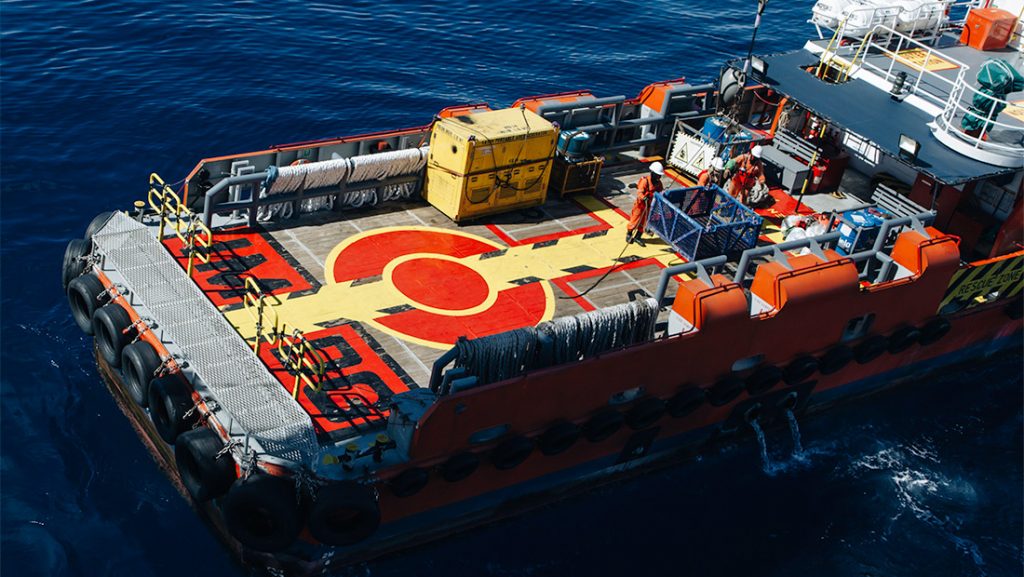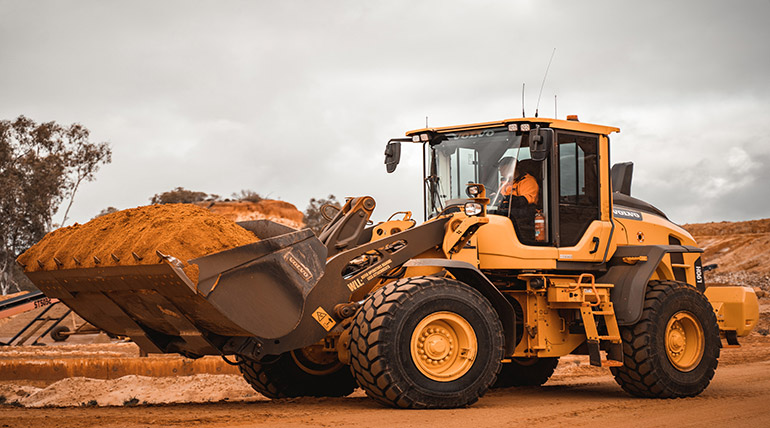Are you looking for reliable and quality steel resources? Do you want to find ways to increase profits while mitigating risks from overcrowded sourcing markets? As investors or professionals, finding the right resources can be a daunting task. With primary and secondary stocks of hot rolled coils, hot dipped galvanized coils, cold rolled coils, PPGI and PPGL Coils, we understand your need for quality materials without worrying about time delays or overstocking. Our professionally managed supply chain is designed to provide customers with competitive prices and timely delivery. With our proven expertise in this industry, we look forward to earning your trust!

What are Primary and Secondary Steel
Steel is a versatile material used in countless applications, from building construction to manufacturing vehicles and machinery. Primary and secondary steel are two categories that describe the different stages of production. Primary steel refers to the initial production process, where raw iron ore is melted to form molten steel. This pure form of steel is then further processed into shapes and sizes suitable for different applications. On the other hand, secondary steel is produced from recycled scrap metal. Despite being produced from scrap, secondary steel can still meet the required standards and specifications for use in various industries. Understanding the differences between primary and secondary steel is important for industries to make informed decisions about sourcing the material for their specific needs.
Benefits of Primary and Secondary Steel
Steel is an important material that is widely used across various industries, from construction and manufacturing to automotive and aerospace. Primary and secondary steel are two types of steel, each with its own unique benefits. Primary steel is produced from raw materials and has a consistent quality, making it ideal for structural applications that demand strength and durability. On the other hand, secondary steel is made by recycling scrap metal, which is both environmentally friendly and cost-effective. This type of steel is suitable for non-critical applications, such as packaging and furniture. By utilising both primary and secondary steel, we can maximise their respective benefits and make the most of this versatile and essential material.
How to source Primary and Secondary Steel
Steel is a staple in construction and manufacturing, making it a critical material for businesses to source. There are two types of steel: primary and secondary. Primary steel is made from iron ore, while secondary steel is produced from scrap metal. Sourcing primary steel can be more straightforward as it comes directly from steel mills. However, secondary steel can be a more cost-effective option as it is cheaper due to its recycled nature. The best way to source primary and secondary steel is through a reliable supplier who is transparent about their sourcing and quality control processes. It’s important to ensure that the steel supplier has the necessary certifications to guarantee the material’s quality and safety. With the right supplier, you can procure high-quality steel that fits your needs and budget.
The Economics of purchasing Primary and Secondary Steel
The steel industry is one of the most important sectors of the global economy. Purchasing both primary and secondary steel has become increasingly complex due to factors such as tariffs, trade policies, and market conditions. Primary steel, which is produced in steel mills from iron ore, tends to have a higher initial cost but may offer more consistent quality. Secondary steel, on the other hand, is made from scrap metal and may have a lower price point but requires careful quality management. Ultimately, the decision to purchase primary or secondary steel will depend on several factors such as cost, availability, and intended use. It’s important to carefully consider these factors to make informed decisions that will significantly impact your business.
Common uses of Primary and Secondary Steel in the building industry
The building industry relies heavily on steel as a key material for construction, with both primary and secondary steel being commonly used. Primary steel is produced directly from iron ore, while secondary steel is obtained from recycled scrap steel. Primary steel is often used for large-scale construction projects, such as skyscrapers, bridges, and stadiums, due to its high strength and durability. On the other hand, secondary steel is ideal for smaller, less demanding projects like building frames and fittings. Secondary steel is also typically more cost-effective than primary steel, making it a popular choice for budget-conscious builders and developers. Overall, the use of both primary and secondary steel in the building industry is essential for constructing lasting, safe, and reliable structures.
Important safety considerations when using Primary and Secondary Steel
Primary and secondary steel are critical materials in many construction and manufacturing industries. However, their use comes with important safety considerations that must be taken into account to prevent accidents and ensure the safety of workers. One of the main considerations is proper handling and storage of these materials, which should be done to avoid damage and potential injuries. Additionally, workers should use proper safety gear such as gloves, helmets, and safety glasses when handling these materials. Finally, regular inspection and maintenance of the equipment used when working with these materials is crucial to ensure they are in good working condition and avoid any mishaps. By carefully considering and adhering to these safety measures, one can safely use primary and secondary steel in any industrial application.
To conclude, Primary and Secondary Steel provide a range of great benefits to those who are looking for quality building materials. It’s economical to source and is available in many forms so depending on the project’s need, you can choose the right steel to complete the job. In addition, its common use in the building industry for frames, beams, supports or cladding makes it very versatile. However, there are important safety considerations that must be taken into account when using this material – always ensure proper installation according to the manufacturer’s guidelines and put safety first above all else. There are many companies that offer Primary and Secondary stocks such as Hot Rolled Coils, Hot Dipped Galvanized Coils, Cold Rolled Coils, PPGI and PPGL Coils – here at IQ Steel we are long engrossed in this business and always strive to provide the highest quality steel products!


